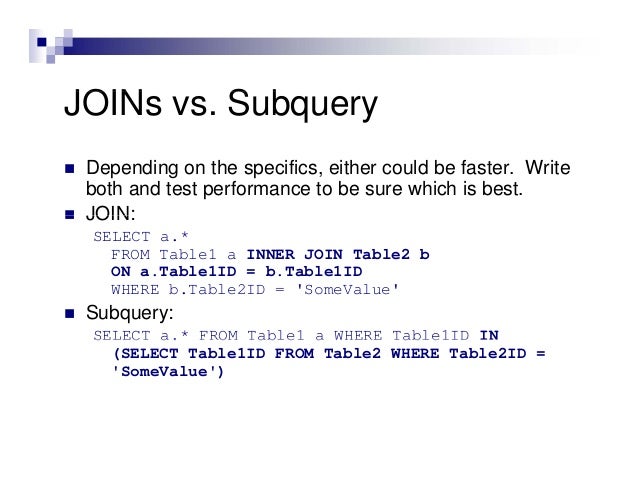
If we cannot rely on the order ID to define the most recent order, we can add a column that does the job. So, let’s move to the next solution that gives us more control over the output. This solution gets us the output we need, but it relies on orders being indexed sequentially by when it was created. If you want to learn more about CTEs or WITH clauses, check out this introductory article and this interactive Recursive Queries course that covers all kinds of CTEs. I prefer to use CTEs in cases like these because, in my opinion, they have better structure and readability. We have another subquery to list these orders, and yet another query to join the table with the most recent orders with the table with customer information. In the queries above, we use one SELECT statement, or subquery, to find order IDs that correspond to the most recent order for each customer. ON customers.id = last_orders.customer_idĪlternatively, you can do the same using nested subqueries: Last_orders.order_date, last_orders.order_status SELECT customers.id, customers.first_name, customers.last_name, This solution can be implemented using common table expressions (CTEs).

Join the customers table with this table of the most recent orders.Assuming these IDs correspond to the most recent order for each customer, create a table that lists only the most recent orders.Define the greatest order ID for each customer.Our step-by-step solution is the following: If we know that the orders in our table are numbered sequentially, with a greater value of ID indicating a more recent order, we can use this column to define the latest record for each customer. Some of these solutions can be used with any database, while others work only with specific databases (e.g., PostgreSQL or MS SQL Server). I’ll present four possible solutions to joining only the first row in SQL. Now let’s go through several possible ways to get this output from our initial tables. No duplicates – each customer is mentioned only once, with the corresponding order that is the most recent according to the order date. The table lists the most recent order for each customer. Let’s say for each customer, we want to know the date and the status of his/her most recent order. you can see, every customer has several orders at our store. To demonstrate several possible solutions to this problem, we use the following tables that list the customers and their respective orders. In all these cases, you may order the table with many corresponding records accordingly (e.g., by item price, observation date, etc.), and therefore, turn your problem into selecting the first, or the top, row. The most recent order for each customer.


There are many different scenarios where you have a one-to-many relationship between two tables and you need to join only the first match from one table to the corresponding record in another. It contains 88 hands-on exercises to help you refresh your SQL skills, starting with the basics and going to challenging problems. The best way to practice basic and advanced SQL is our interactive SQL Practice Set course. In this article, I’ll go through several ways to do this in SQL.
SQLITE INNER JOIN ON SUBQUERY HOW TO
Here we will learn SQLite subquery with example and how to use sqlite subqueries as nested queries or inner queries in select / where clause with examples.


 0 kommentar(er)
0 kommentar(er)
